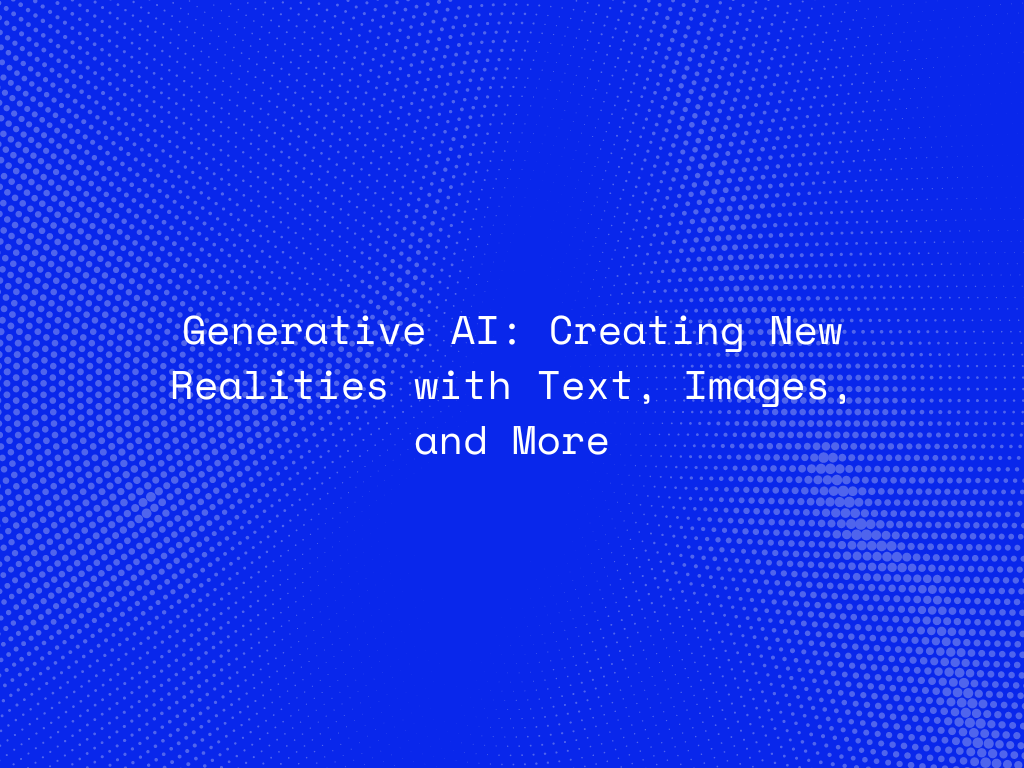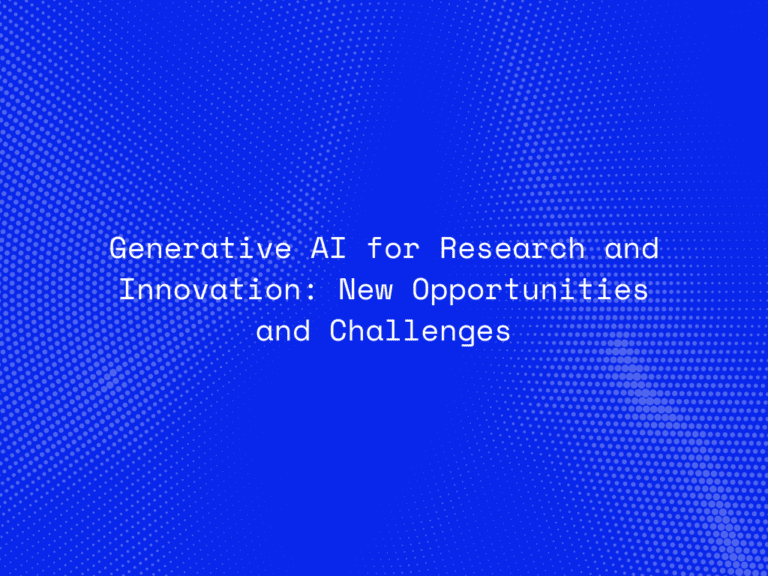Generative AI, a subset of artificial intelligence, is revolutionizing the way we create and interact with digital content. By leveraging advanced machine learning algorithms, generative AI models can produce new, original content across various mediums, including text, images, music, and even videos. This technology is opening up unprecedented possibilities in numerous fields, from art and entertainment to marketing and education.
The Evolution of Generative AI
The journey of generative AI began with simple algorithms capable of basic tasks. Today, we have sophisticated models like GPT (Generative Pre-trained Transformer) for text and GANs (Generative Adversarial Networks) for images. These advancements have been fueled by the exponential growth in computational power, the availability of vast datasets, and breakthroughs in neural network architectures.
Text Generation: Crafting Unique Narratives
One of the most significant applications of generative AI is in text generation. Models like OpenAI’s GPT-4 can write articles, generate code, compose poetry, and even simulate human-like conversations. These models are trained on diverse datasets, enabling them to understand context, semantics, and stylistic nuances. This capability is transforming industries such as content creation, customer service, and education, where automated text generation can save time, reduce costs, and enhance user engagement.
Examples of Text Generation:
- Content Creation: Automated blog posts, news articles, and social media updates.
- Customer Service: AI-powered chatbots providing instant responses to customer queries.
- Education: Personalized tutoring and educational content tailored to individual learning needs.
Image Generation: Visual Creativity Unleashed
Generative AI has made remarkable strides in the realm of image creation. GANs, for instance, can generate hyper-realistic images from scratch. These models work by pitting two neural networks against each other: one generates images while the other evaluates their authenticity. This process results in incredibly detailed and lifelike images that can be used in various applications, including digital art, video game design, and marketing.
Examples of Image Generation:
- Digital Art: Artists using AI to create unique pieces of art.
- Video Game Design: Generating realistic characters, landscapes, and textures.
- Marketing: Creating personalized and engaging visual content for advertising campaigns.
Connect With Us
Music and Video: Generative AI in Multimedia
Beyond text and images, generative AI is also making waves in music and video production. AI models can compose original music, complete with complex harmonies and rhythms, offering new tools for musicians and composers. In video production, AI can assist in editing, special effects, and even generating entire scenes.
Examples of Multimedia Generation:
- Music Composition: AI-generated songs and soundtracks for movies and games.
- Video Editing: Automated editing tools that streamline the production process.
- Special Effects: Generating realistic visual effects for films and television.
Ethical Considerations and Challenges
While the potential of generative AI is immense, it also raises important ethical questions and challenges. Issues such as copyright infringement, deepfakes, and the potential for misuse of AI-generated content need to be addressed. Ensuring transparency, accountability, and ethical guidelines in the development and deployment of generative AI is crucial for mitigating these risks.
Key Ethical Concerns:
- Copyright and Ownership: Who owns the rights to AI-generated content?
- Deepfakes: The creation of misleading or harmful content.
- Bias and Fairness: Ensuring AI models do not perpetuate existing biases or inequalities.
The Future of Generative AI
The future of generative AI is both exciting and uncertain. As technology continues to advance, we can expect even more sophisticated and versatile AI models capable of creating content that is indistinguishable from that produced by humans. This will open up new possibilities in fields we cannot yet imagine, making generative AI an integral part of our digital future.
Conclusion
Generative AI is not just a technological advancement; it is a creative revolution. By harnessing the power of AI to generate text, images, music, and more, we are entering a new era of digital creativity. As we continue to explore and develop this technology, it is essential to navigate its challenges responsibly to fully realize its potential in creating new realities.




